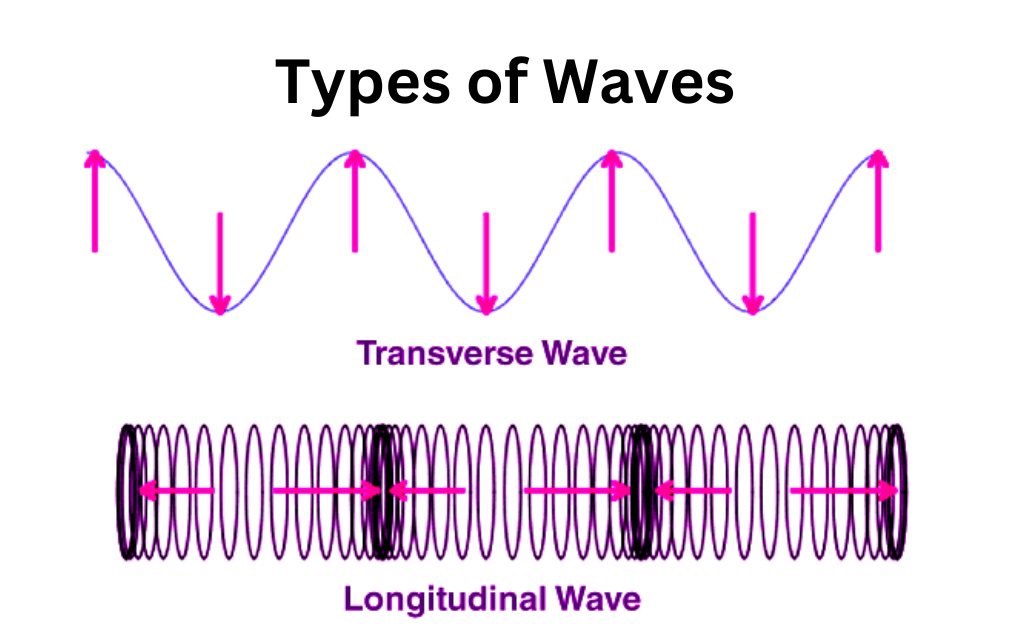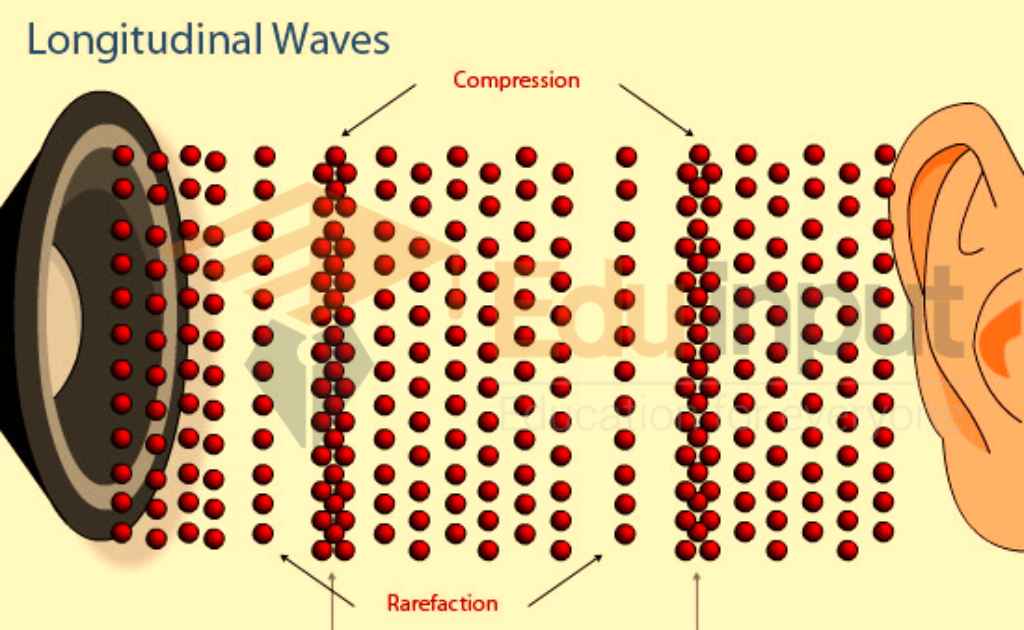Relation Between Frequency and Wavelength
The relation between frequency and wavelength is crucial in various fields such as physics, telecommunications, and engineering as it helps to analyze and manipulate different types of waves for various applications.
The distance between any two matching spots on adjacent waves is also referred to as a wavelength. In addition, frequency is the number of waves that travel through a certain spot in a given period of time.
What is Wavelength?
The distance between the two closest locations that are in phase with one another is known as a wavelength. As a result, a single full wavelength separates two nearby peaks or troughs on a wave. Typically, the wavelength of a wave is denoted by the letter lambda (λ).
Every wave oscillates or displays some form of regular change in a certain value. For instance, the rope molecules constantly move up and down as you generate a wave by wriggling up and down.
When you think of an electromagnetic wave, the wave at a place causes the magnetic field and electric fields to continuously change in value. If the wave is not a brief pulse, the electric and magnetic field strengths are constantly changing. For instance, two wave points that have reached their maximum value simultaneously oscillate.
What is Frequency?
The number of oscillations of a wave per unit of time measured in hertz is known as frequency. Frequency is also defined as the number of vibrations of a wave per unit of time. It is symbolized by the letter f and is the reciprocal of time.
Hertz is the unit of measurement for it. The pitch and frequency are inversely correlated. Noises of frequency between 20 and 20000 Hz can be heard by humans. Ultrasound and infrasound are terms used to describe noises with frequencies above and below that of human hearing, respectively.
Relation between Frequency and Wavelength
The relation between frequency and wavelength is inversely proportional. Less frequency corresponds to a longer wavelength and vice versa. The relationship between frequency and wavelength is explained by the fact that the speed of a wave is equal to the product of its frequency and wavelength.

The formulae for these two values may be used to calculate the relation between frequency and wavelength.
We are aware that frequency is the length of time it takes for one oscillation to complete in time t. Thus, we have
f = 1/t …….. (1)
Also, it is known that the speed of a wave is the ratio of the distance traveled by the wave to the total time taken by it.
V = λ/t
V = λ (1/t)
Using (1) we get,
V = λ f
where,
V is the wave speed,
f is the wave frequency,
λ is the wavelength.
According to this equation, the wavelength of a wave is inversely proportional to its frequency. In other words, as the frequency of a wave increases, its wavelength decreases, and vice versa. This means that waves with higher frequencies have shorter wavelengths, while waves with lower frequencies have longer wavelengths.
The Importance of the Frequency and Wavelength Relationship
The frequency-wavelength relationship is important because it allows us to understand how waves behave. For example, the frequency of a wave determines its pitch. A wave with a high frequency has a high pitch, while a wave with a low frequency has a low pitch.
The frequency-wavelength relationship is also important in telecommunications. The frequency of a wave determines the bandwidth of a signal. A signal with a high frequency has a high bandwidth, while a signal with a low frequency has a low bandwidth.
Related FAQs
What is the relation between frequency and wavelength?
The wave speed is equal to the product of its frequency and wavelength.
V = f λ
What is wavelength?
The distance between the two nearest points in phase with each other is called wavelength.
What is the frequency?
Frequency is defined as the number of oscillations of a wave per unit of time and is measured in hertz(Hz).
What is the audible frequency range of humans?
Humans can hear sounds with frequencies ranging between 20 – 20000 Hz.
How are frequency and wavelength related?
Frequency and wavelength are inversely related. As the frequency of a wave increases, its wavelength decreases, and vice versa.

 written by
written by 




Leave a Reply